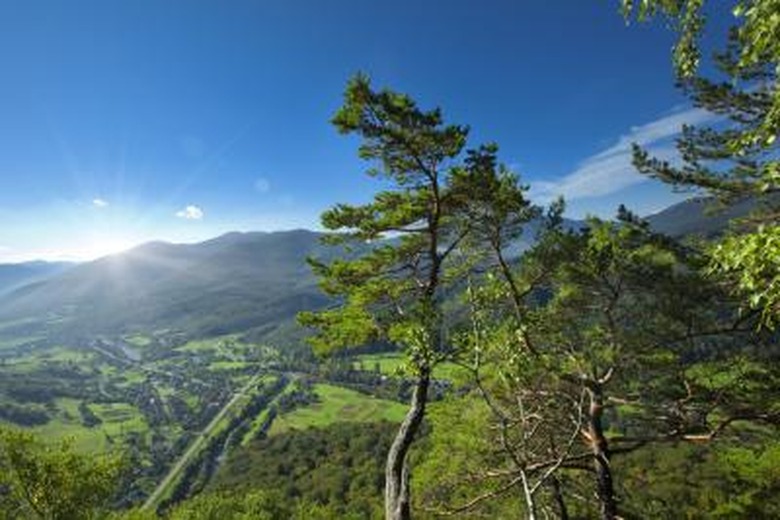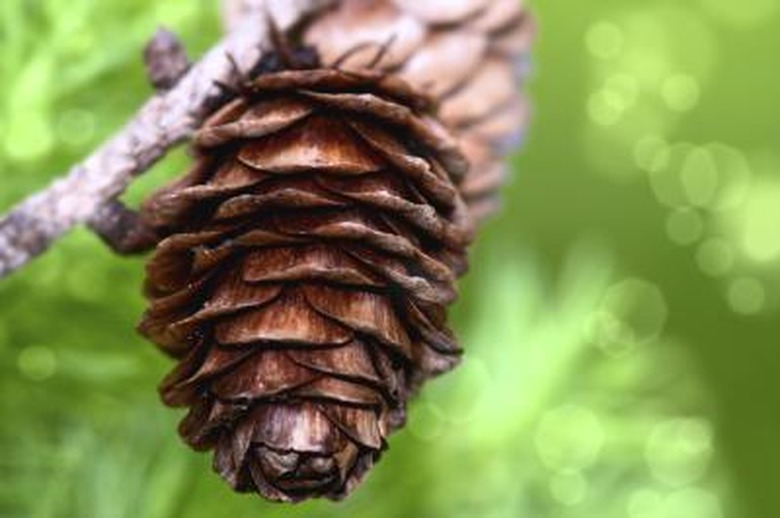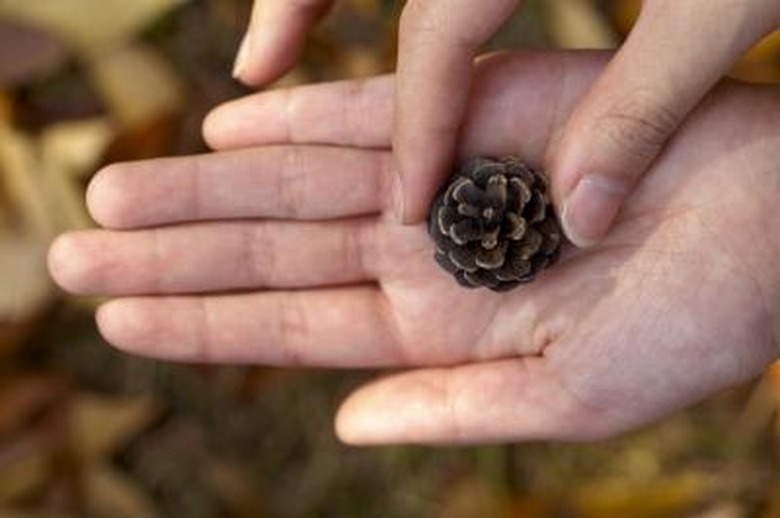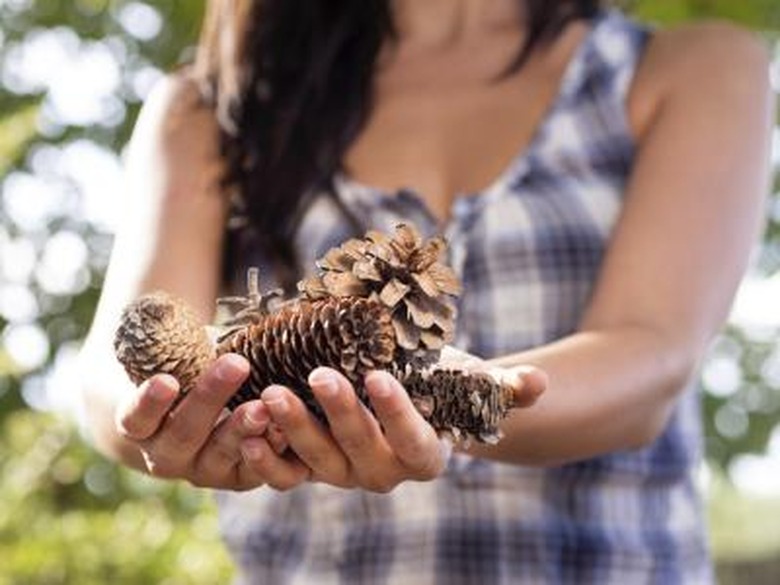How To Identify Tree Seeds With Pictures
Seeds provide a visual clue to tree type. Matching seeds, or pictures of seeds, to pictures of seeds in a field guide or other reference can help narrow your search. Exact identification may be impossible, as many seeds from the same type of tree cannot be sorted simply by how the seed looks, but you should be able to determine a tree family from the seeds.
Step 1
If you haven't done so, collect seeds by removing them from the pod, fruit, cone, or other tree part.
Step 2
Note the specific characteristics of the seeds, such as size, shape, and color.
Step 3
Find tree seed photos in a field guide, tree book, online, or other resource.
Step 4
Review the seed photos in your resource materials to find specimens that match the characteristics of your seeds most exactly.
Things Needed
- Seeds or pictures of seeds
- Tree seed identification material that includes pictures
TL;DR (Too Long; Didn't Read)
Having more than one specimen to examine may help you compensate for any anomalies in an individual seed sample. Review seeds from more than one source to verify that your seed does indeed match a specific kind of tree.
Warning
Some seeds can be poisonous and should be handled with caution. Others, like black walnut, can stain hands and clothing. When in doubt, wear gloves to handle the seeds and keep them in a sealed container.
References
Cite This Article
MLA
Zander, Andrea M.. "How To Identify Tree Seeds With Pictures" sciencing.com, https://www.sciencing.com/identify-tree-seeds-pictures-5912385/. 22 November 2019.
APA
Zander, Andrea M.. (2019, November 22). How To Identify Tree Seeds With Pictures. sciencing.com. Retrieved from https://www.sciencing.com/identify-tree-seeds-pictures-5912385/
Chicago
Zander, Andrea M.. How To Identify Tree Seeds With Pictures last modified March 24, 2022. https://www.sciencing.com/identify-tree-seeds-pictures-5912385/




